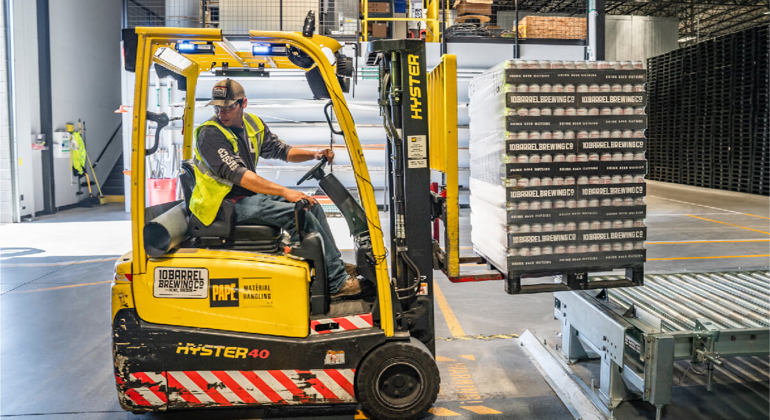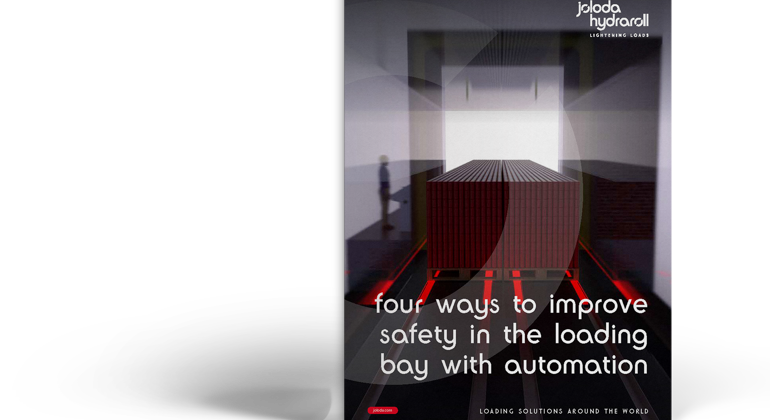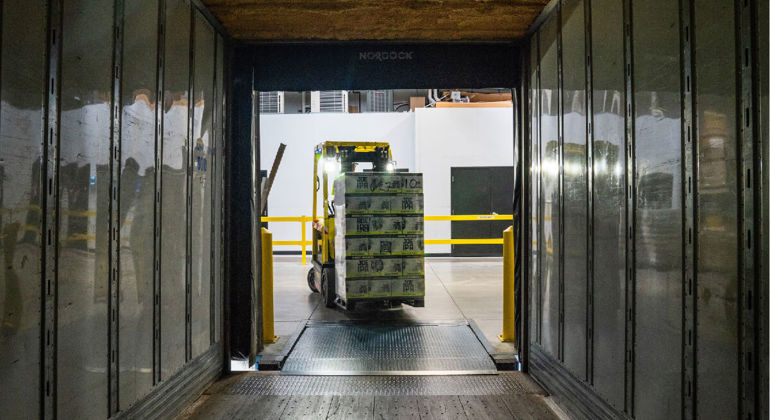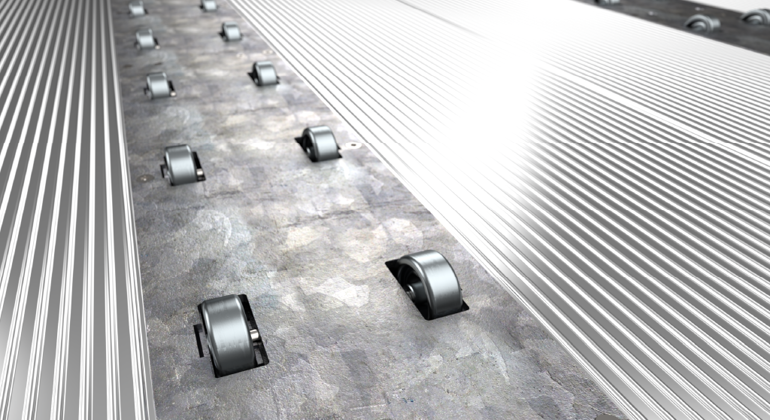Loading and unloading a trailer is complicated. There are lots of best practices, and lots of rules and regulations, to consider when it comes to loading the trailer. In the fast-moving world of logistics, operators must conduct both processes not just efficiently, but also safely.
Below we look at different types of trailers, weights and payloads, unit load devices (ULDs), equipment for moving pallets and at how to move pallets safely around warehouses and to and from trailers. We start with the different types of trailers.
Book a FREE Loading Assessment
Learn how to make the loading process safer and more efficient with a no-obligation assessment...
BOOK NOW











































